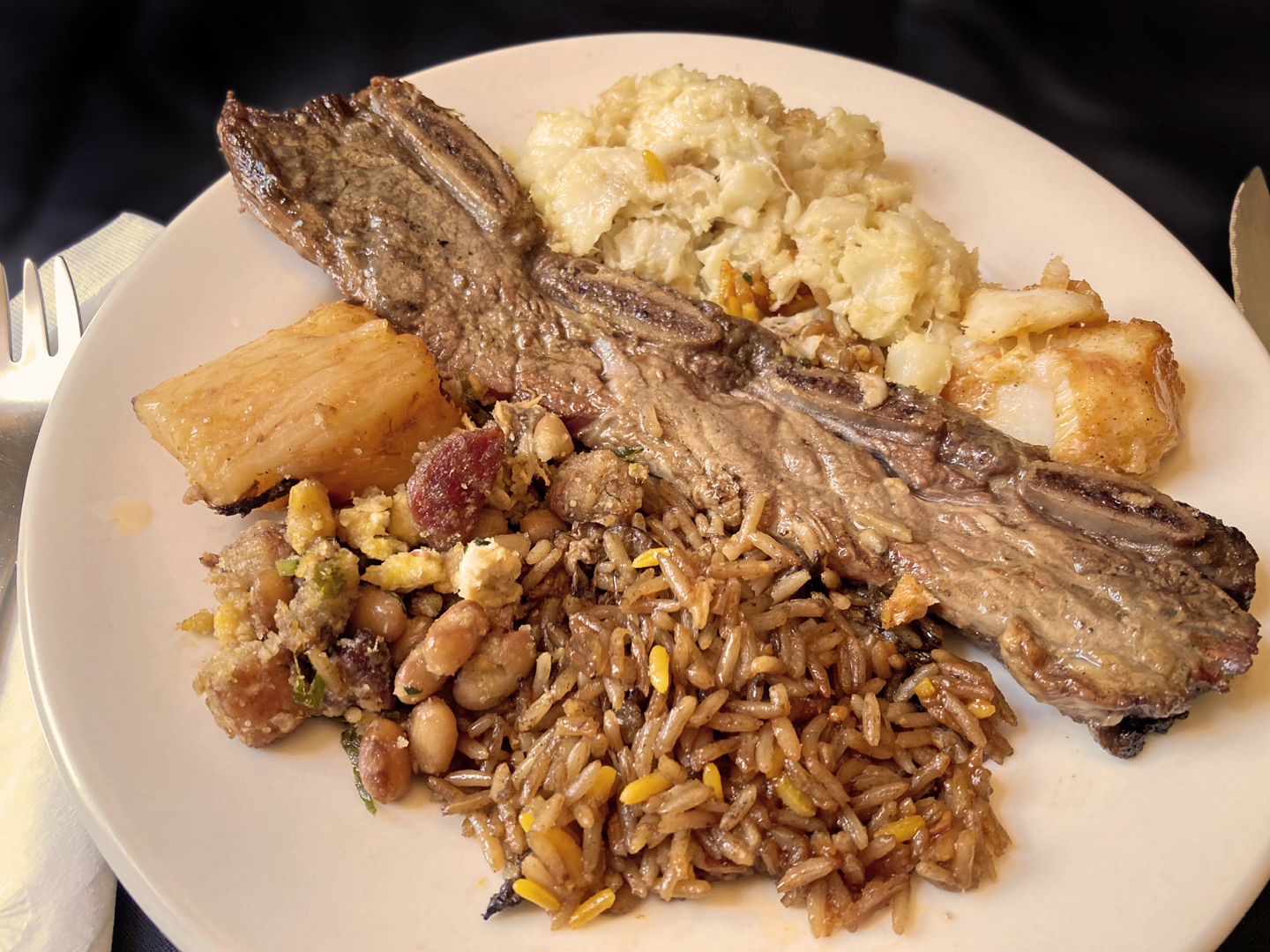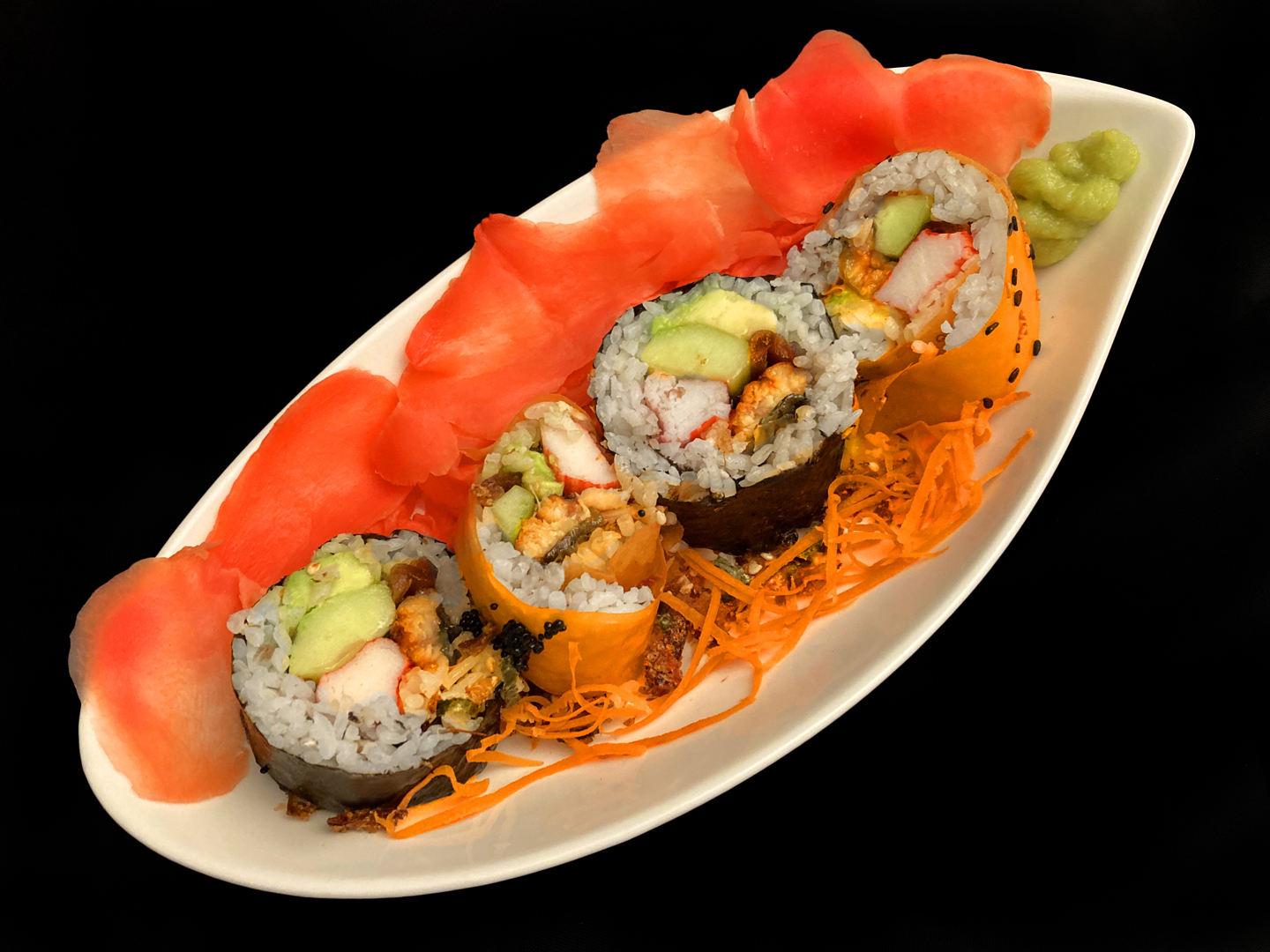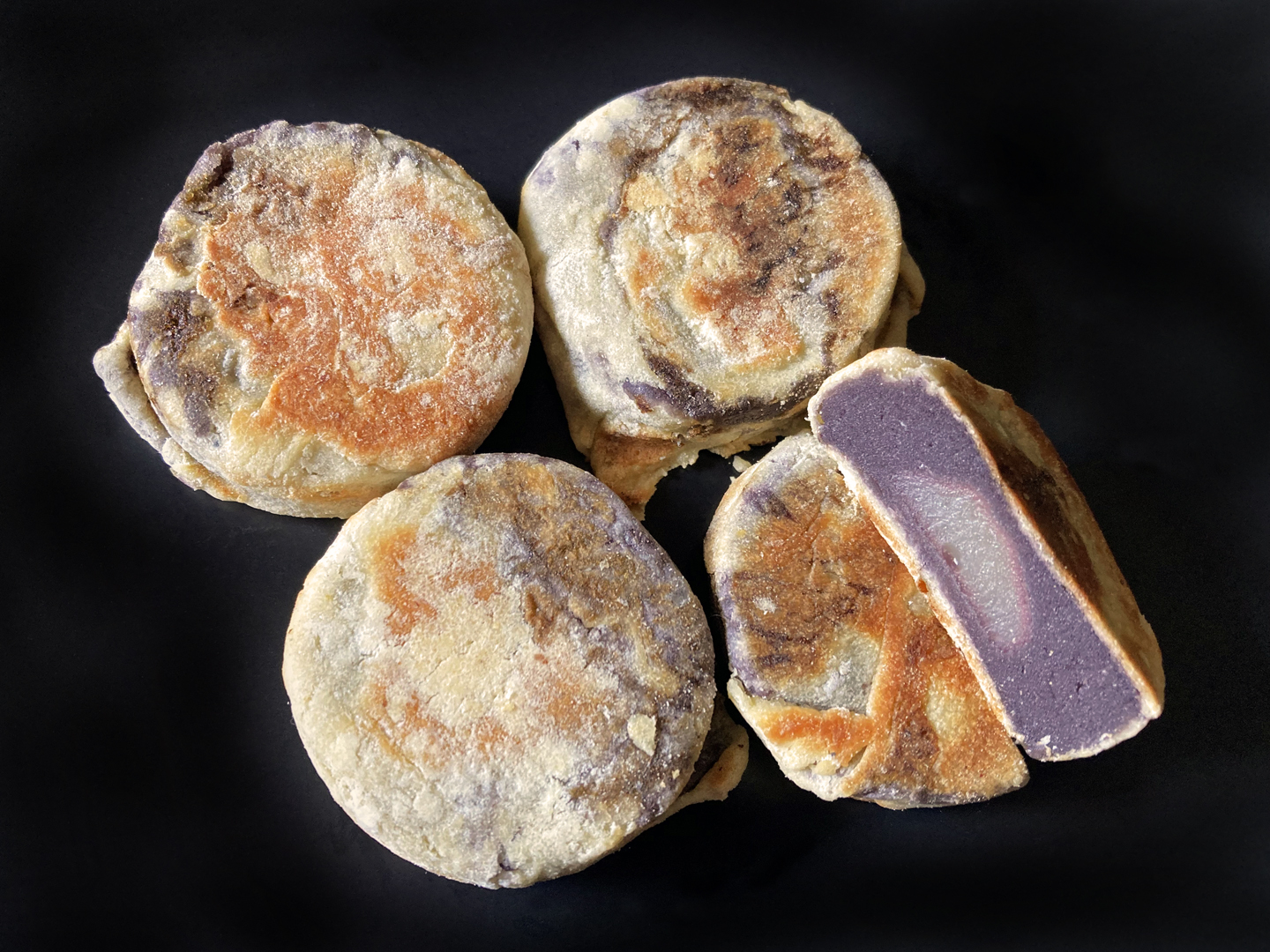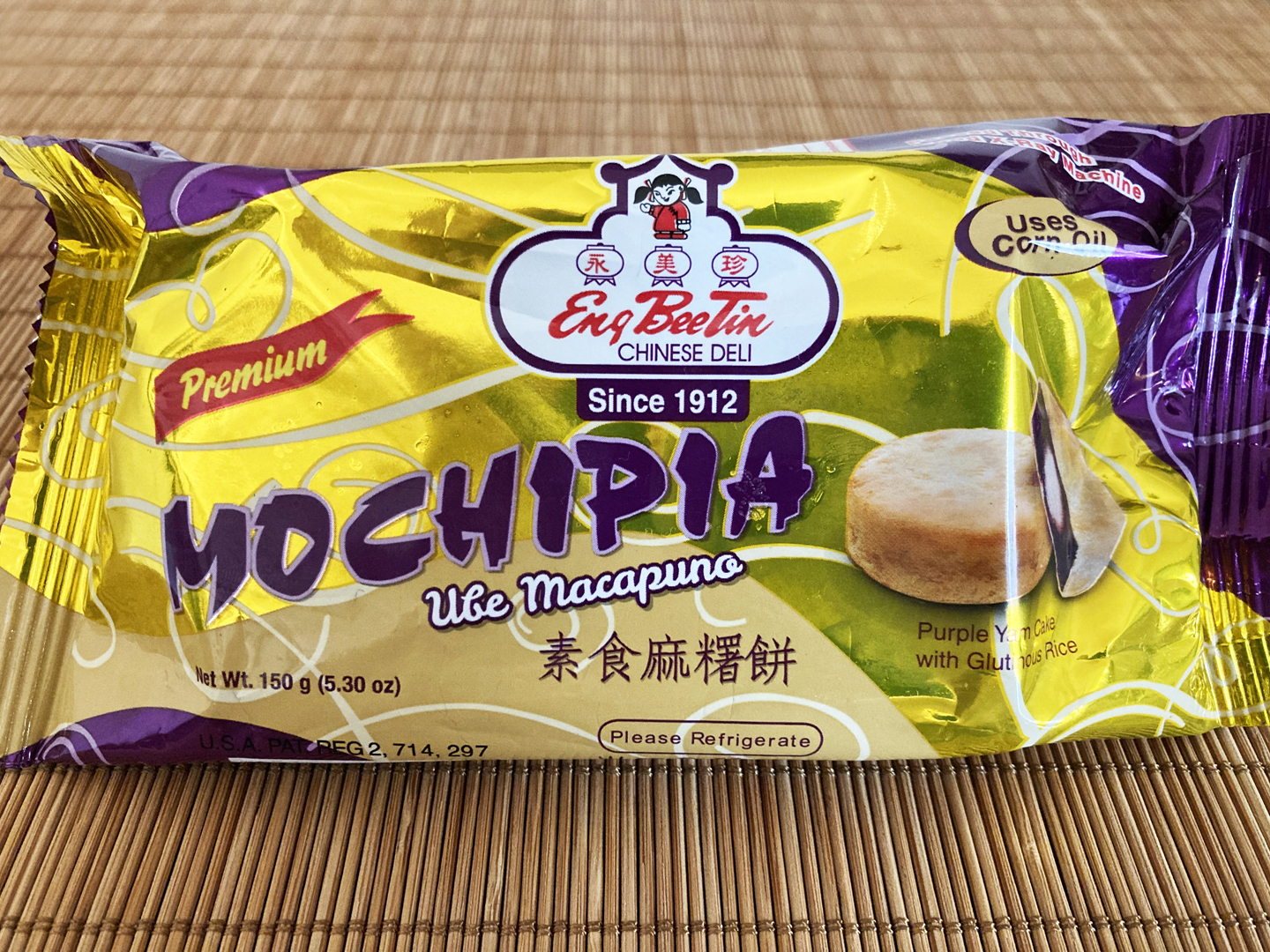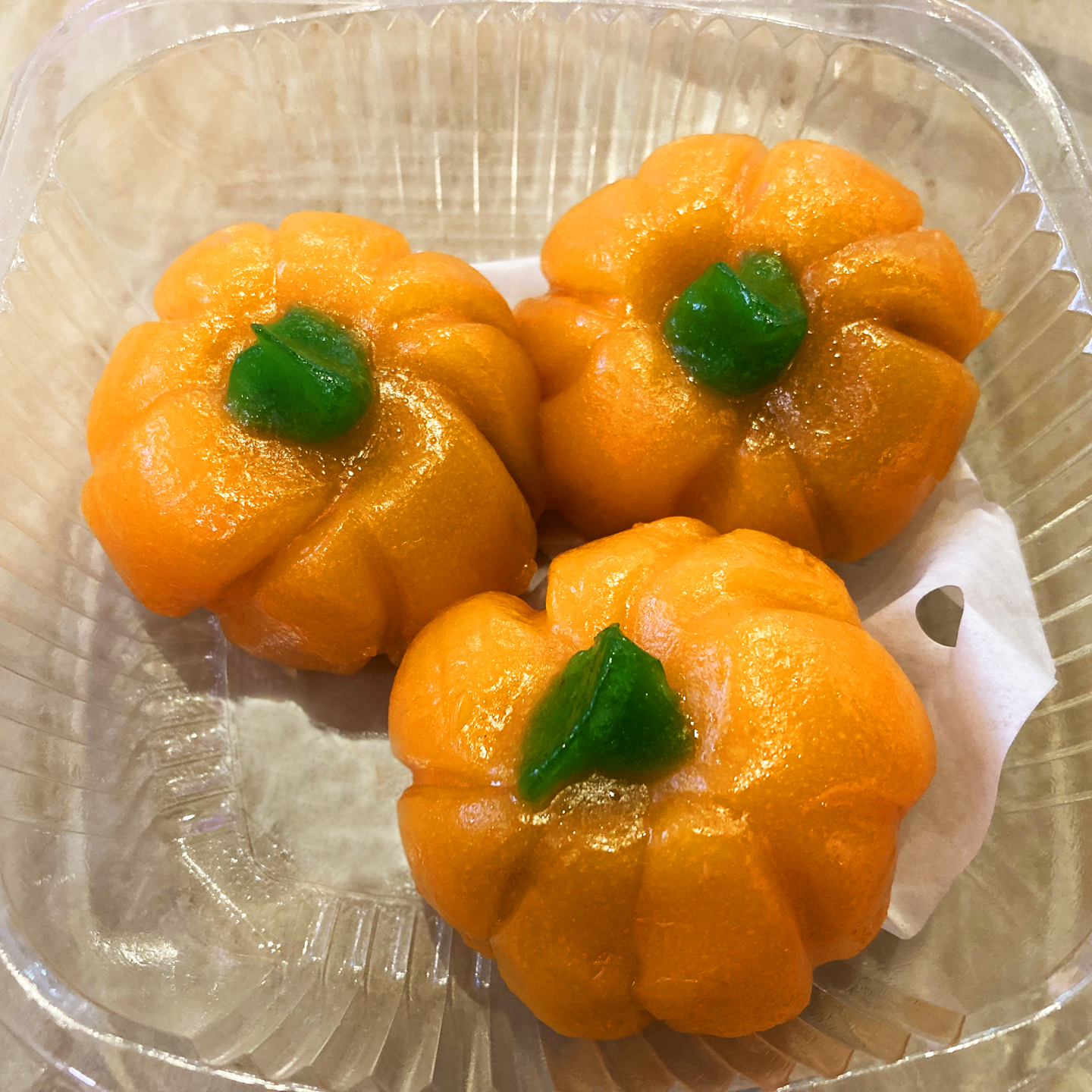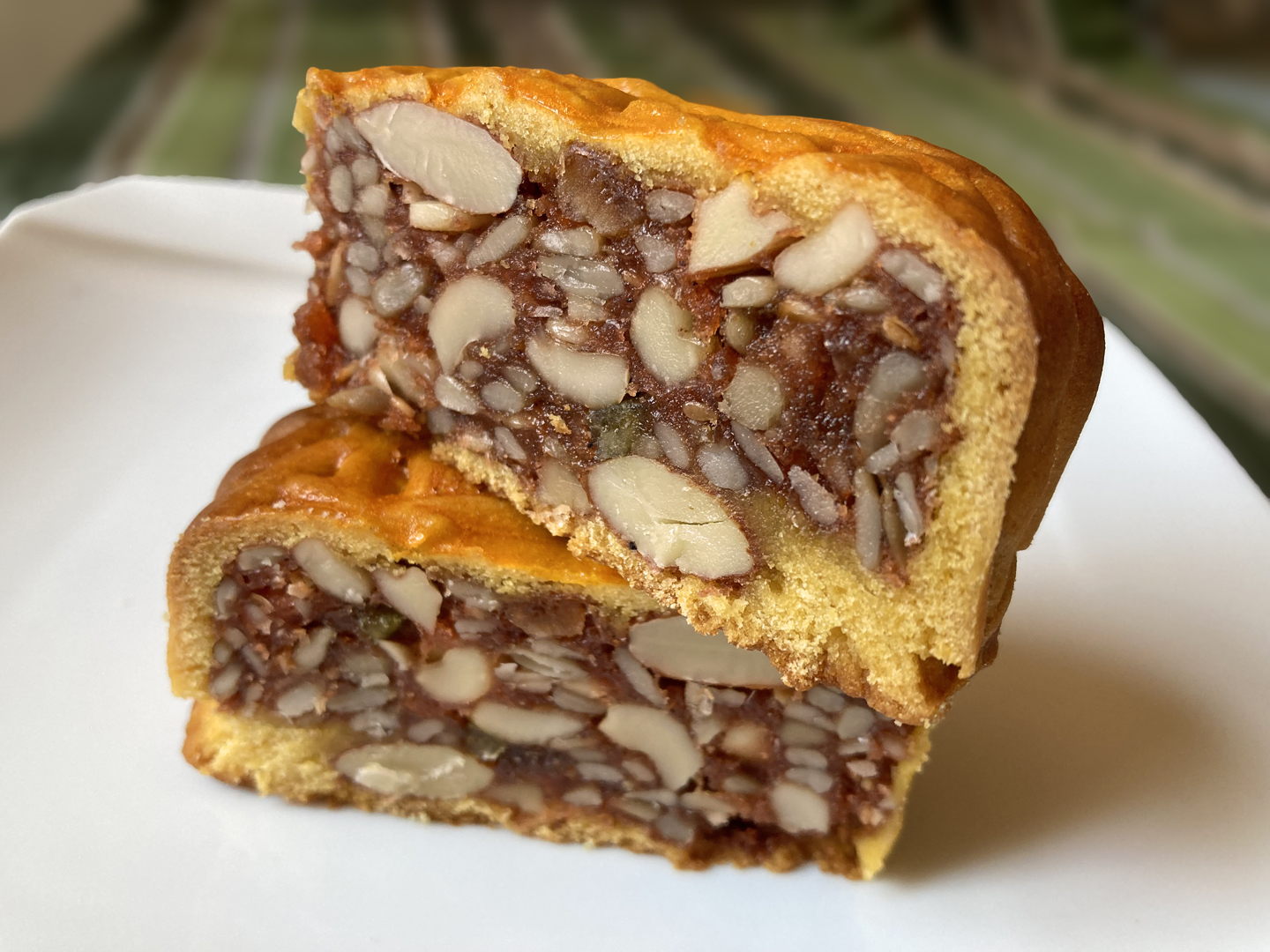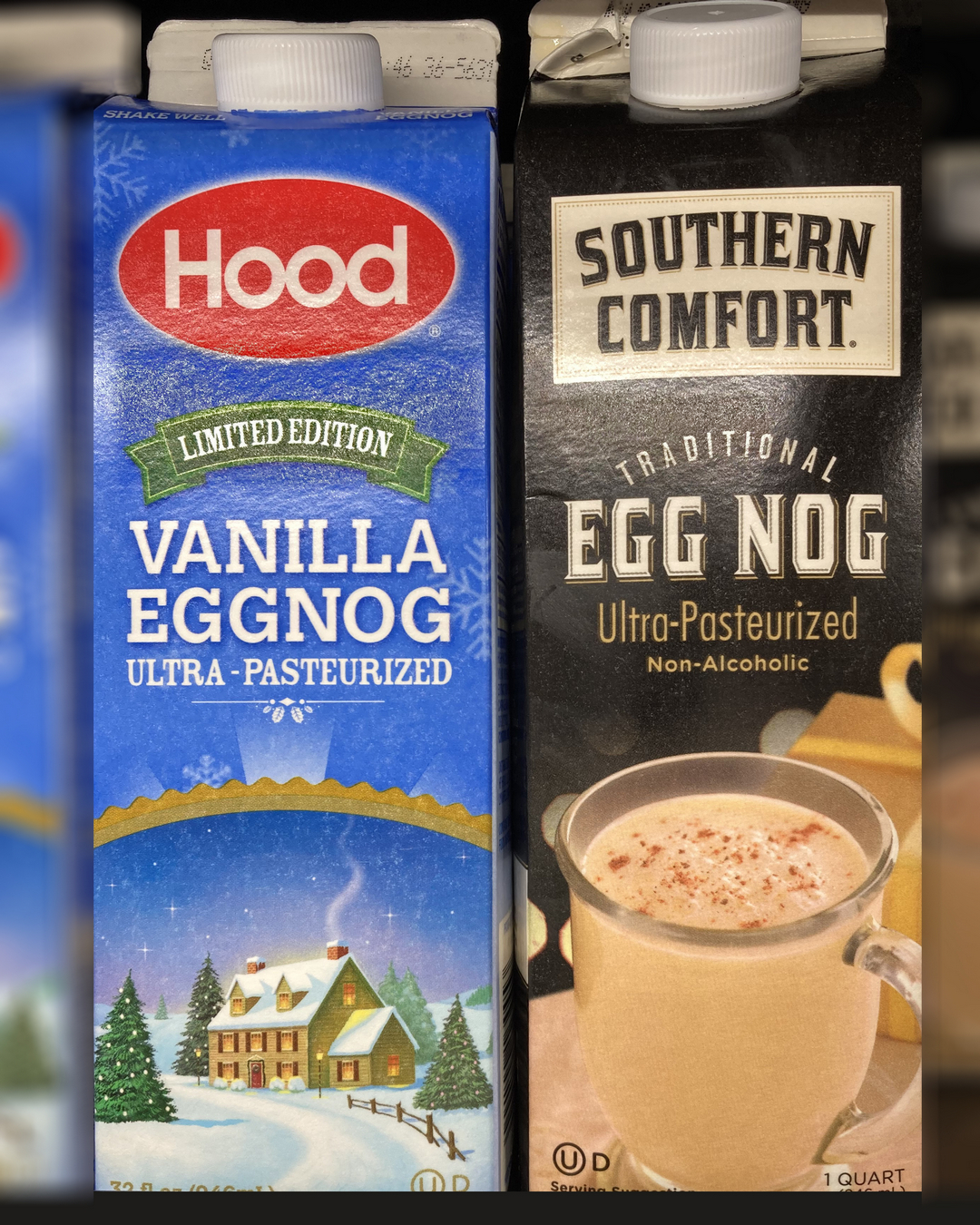(Click on any image to view it in high resolution.)
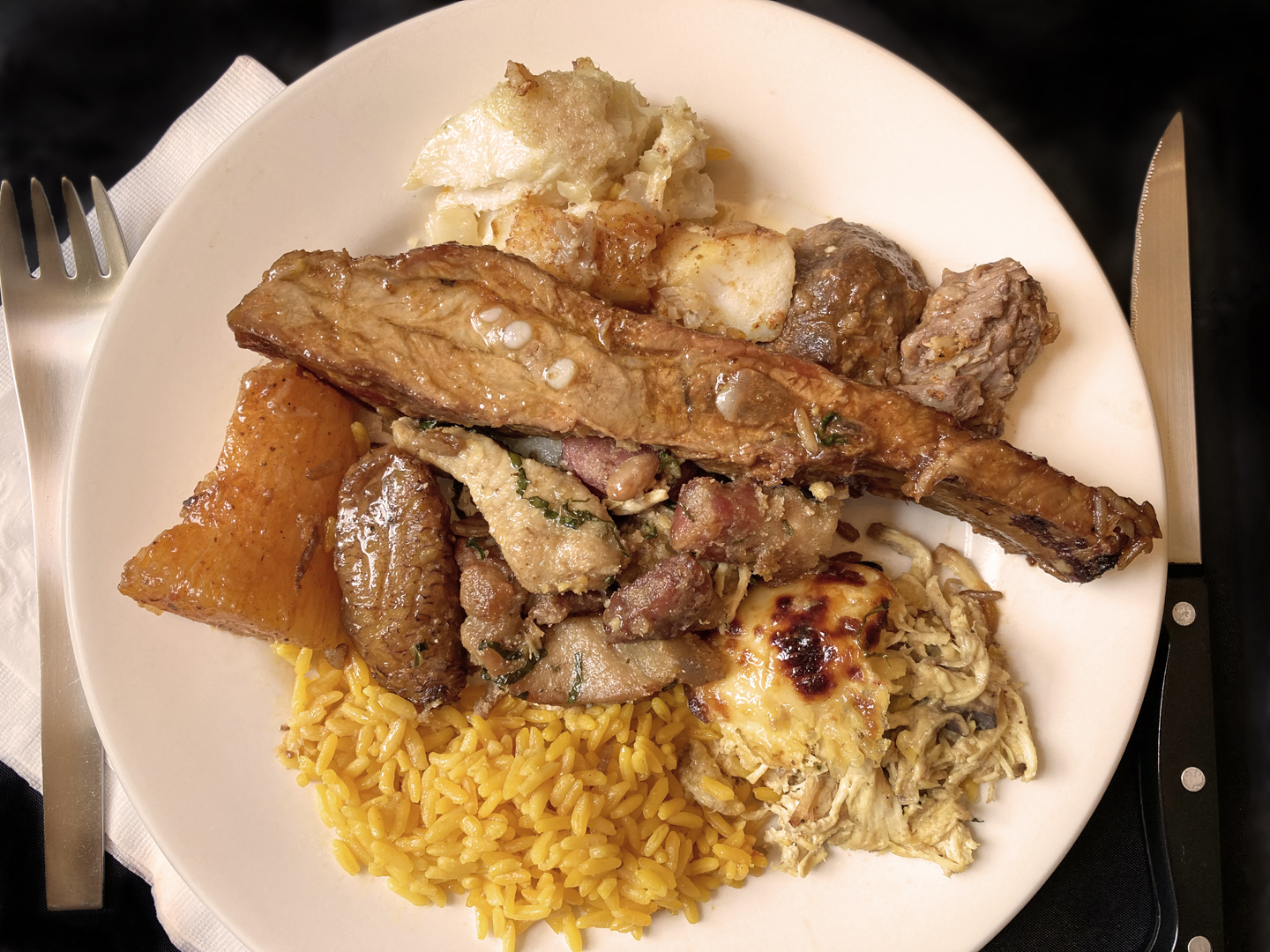
I recently returned to Newark’s Ironbound district, the mecca for all things Portuguese and Brazilian. The area is host to six suburban-sized Seabra’s supermarkets all within walking distance of each other – the mother lode of Portuguese and Brazilian food cravings! Since I was traveling solo that day, I and my OCD decided to hit every one in order to compare and contrast.
And it was absolutely worth the exercise, because I struck gold in the form of Brazilian prepared food.
I’ve written here about churrasco, Brazilian style grilled meat; churrascarias often offer rodízio where waiters parade an assortment of meats impaled on formidable skewers directly to your table. So I was more than pleased to see that a couple of the Seabra’s I visited had continually replenished extended steam tables and refrigerated counters brimming with a diversity of grilled meats, seafood, authentic Brazilian dishes and the best pão de queijo I’ve had in a long time.
Item by item, I filled my containers, hastily scribbling notes between each addition in order to subsequently identify and further research it.
I arrived home with my treasures and piled them onto the three plates shown here – not for serving purposes but so that you could see the sheer variety and abundância; obviously, there are considerably more than three meals represented here. Everything was delicious and, more important, a fraction of the cost of venturing out to a churrascaria a few times.

So it wasn’t quite rodízio because I had to serve myself, but it was close enough, hence the title of this post.
And yes, I’m going to do this again. Soon.

